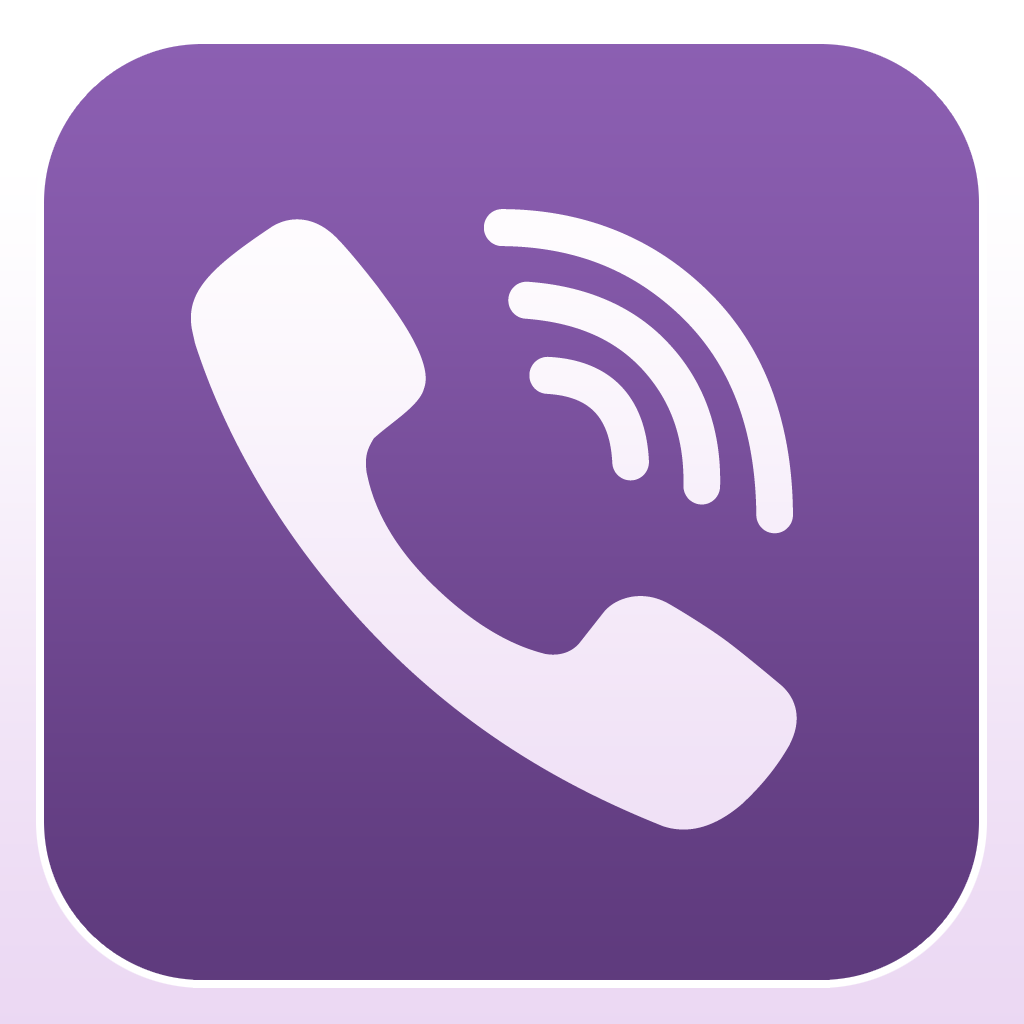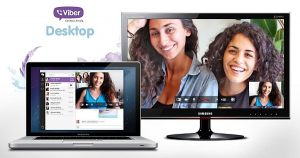
Rather than record, send, download, and play (taking around 45-60 seconds for an average 15 second voice message), Viber push-to-talk does the recording, sending and playing all at once to turn around voice messages in four to six seconds. Viber claims to be using special technology that minimizes the time spent waiting between voice messages. Viber first introduced stickers back in December of 2012, but has always maintained an entirely free, and ad-free, experience for its users.

Not all of the content within the Sticker Market will be paid, but some of it will be available through in-app purchase. The company will be creating its own paid content, as well as licensing content from other sources such as television shows, branded characters, etc.

Viber Sticker MarketĪs has been the case with competing apps like WhatsApp, MessageMe, and even Facebook Messenger, Viber plans to use stickers, large clipart-style emoticons and text, to generate revenue.

Viber Desktop is also now available on Linux for the first time, in addition to Windows and Mac. Chief among the updates is support for the revenue-generating Viber Sticker Market that significantly expands the number of stickers available to Viber users. To increase its reach, Viber has now announced the launch of Viber Desktop 4.0, bringing the latest updates from its major mobile update to the desktop.


 0 kommentar(er)
0 kommentar(er)
